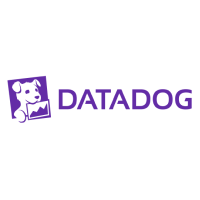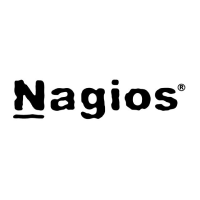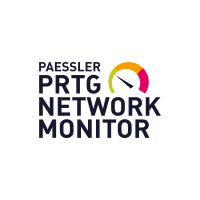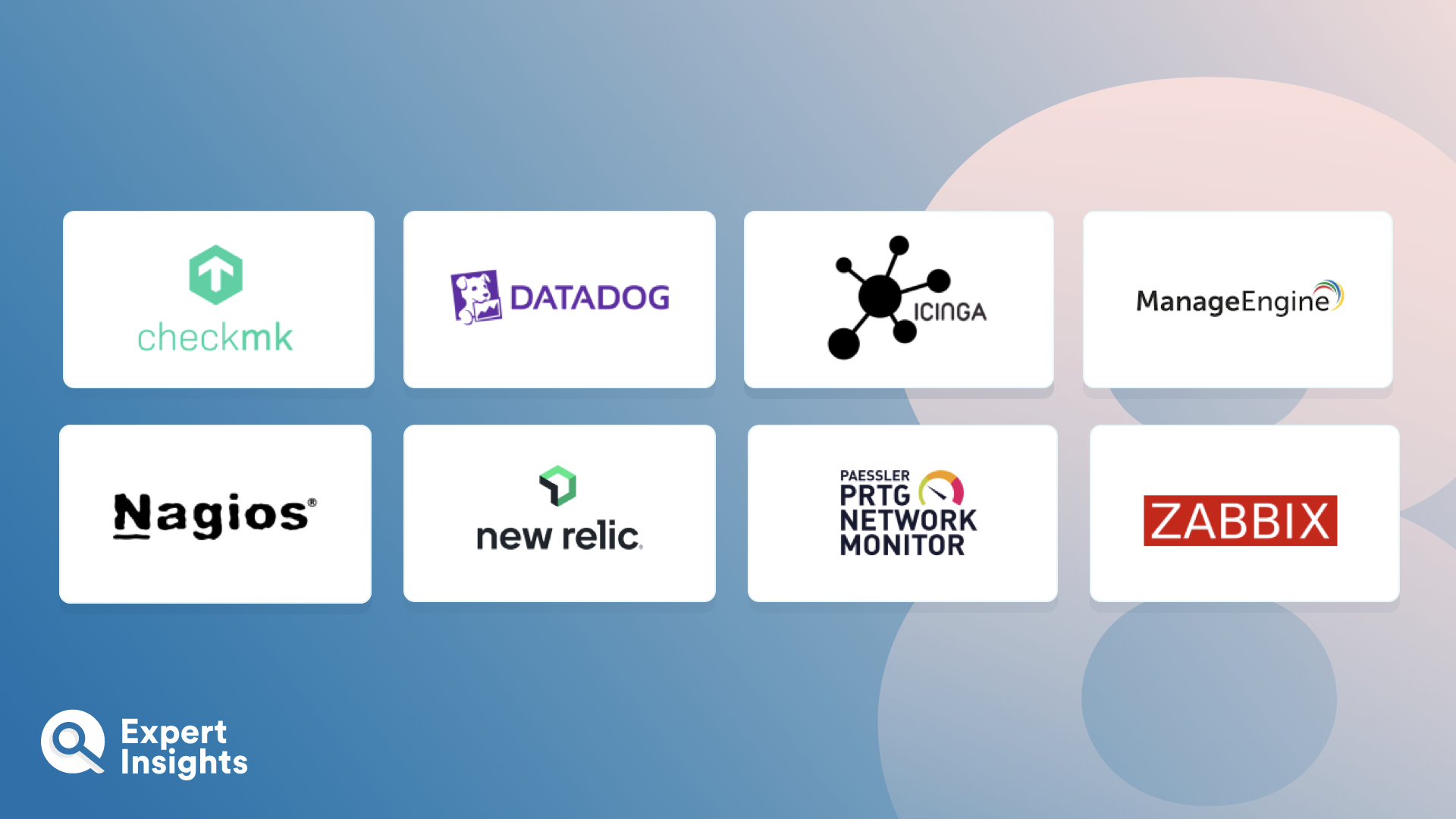Hardware monitoring software plays a crucial role in ensuring the optimal performance and longevity of hardware components. They offer admins a comprehensive view of the health, performance, and potential issues within their systems. This makes hardware monitoring tools indispensable for IT professionals, enabling proactive maintenance and troubleshooting, and ensuring peak performance of computing systems.
Hardware monitoring software typically provides a suite of features designed to gauge and report on various system metrics. These real-time metrics can be compared to baseline or expected levels, allowing you to identify systems that are running abnormally. Monitoring solutions commonly record CPU temperature, fan speed, voltage levels, memory usage, disk activity, and GPU performance. Having real-time data on these parameters can be the difference between smooth system operation, unexpected downtime, or even critical hardware failure.
Good hardware monitoring tools should deliver automated alerts to notify users of potential problems before they become critical, such as overheating, overloading, and malfunctioning systems. Hardware monitoring tools are designed to predict these issues, offer insights on wear and tear, and suggest optimal settings for performance and longevity. For businesses especially, where downtime can lead to substantial financial losses, these tools are not just convenient, but vital.
Given the sheer importance of ensuring hardware operates consistently and effectively, we’ve curated a list of the top hardware monitoring software. This guide will highlight the standout features of each software solution, based on features, market research, and user reviews.














